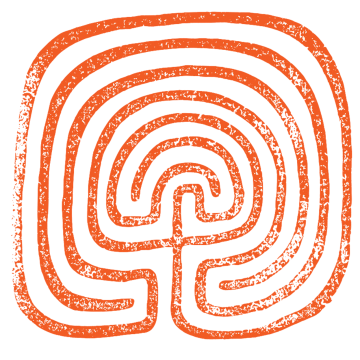Cello Concerto
Concerto for Cello and Orchestra (2004) - 24'
-solo vcl + 2222 3220 Timp + 1 perc Strings
-Commissioned by the Vermont Symphony Orchestra
-Premiered November 2004 by Margo Drakos at the Flynn Center
Rental information
Program Notes
The cello concerto has a narrative story built into its structure that I hesitate to reveal (composers want their work to be accepted on its own musical merits). But the story of Orpheus is so compelling and appropriate today that I would be neglectful not to include it in these notes. In some parts of the concerto I use the story quite literally. In others I’ve chosen for it to simply inspire the spirit of the music.
(For those not familiar with the myth of Orpheus, I’ll try to sum it up: Orpheus is a magical musician who loves Eurydice, whom is bitten by a poison snake and dies. Orpheus is so heartbroken that he travels to the underworld to bring her back, where he must convince its ruler, Hades, to let her go. Hades, who’s not the most flexible god in the Pantheon, eventually concedes as Orpheus softens his heart with his music. The musician may take Eurydice back to the surface (and to life) on the sole condition that he never looks back at her as they travel back up. Just as Orpheus is emerging into the daylight he is overwhelmed with the need to make sure that his love is still there behind him and he looks back. His last vision of Eurydice is her falling back into eternity.)
The piece begins with a quick transition from light to dark. The solo cello, which I took to be both the representation of the individual within the mass and the embodiment of Orpheus himself, enters defiantly, echoed by the orchestra (which in turn represents Hades with a recurring “terror” chord). Soon the cello begins a call and response with the orchestra, as both descend to unknown regions. This passage is then taken up by the reference of Orpheus crossing the river Styx with the skeletal boatman Charon, portrayed by a hollow oboe melody with the gentle rocking of waves in the accompaniment. The music returns to descent, only to be followed by the emergence of the three-headed dog Cerberus, who is represent by the “barking” of the three French Horns.
We find Orpheus pleading with Hades for Eurydice’s release to begin the second movement. Hades says “no” three times, and the third is the strongest. But the dissonance of Hades’s reply is slowly softened, and Orpheus comes back with an extended song of both love and regret. I titled the movement “Lura Agonia,” which includes the Greek words for “Lyre” (Orpheus’s instrument) and something akin to “struggle.” But despite the struggle, the music of this slow movement seeks to take the listener to a higher place of idealism and sweet remembrance of better times.
The third movement is less programmatic than the other two. Here, I imagined Orpheus running out of the underworld with Eurydice right behind. The movement’s name, “Caccia,” refers to a Renaissance form for music of the hunt (or “chase,” in Italian). The solo cello exchanges rapid motives with the orchestra throughout the movement in order to convey the feeling of pursuit. And the music is constantly on the rise, in contrast to that of the first movement. The ending fits with the end of the story: the cello is slowly overwhelmed by the orchestra, to finish with Eurydice falling away and the door of the underworld slamming shut–as Orpheus cries out in protest.
I’ve noticed that much of my music in the past few years has been about the feeling of loss common to all of us. I think it’s a matter of art reflecting the time–in relation to the overwhelming suffering and violence that’s become almost a routine part of our daily stimulus. But ultimately the story of Orpheus, and my concerto, is one of hope. By putting a name on our loss we can effect positive change while better understanding what is meaningful to us. And we can do this without looking back.
My concerto for cello and orchestra was commissioned by the Vermont Symphony Orchestra on the occasion of its 70th Anniversary Season. It was premiered on October 23, 2004 in Burlington, Vermont, with Jaime Laredo conducting and soloist Margo Drakos. My residency with the VSO is funded by Meet The Composer through its “Music Alive!” program. Additional support for the commission and composer-in-residence activities was generously provided by the Argosy Foundation. The work is approximately twenty-three minutes long.
Press
“After hearing [Beethoven 9], conducted by Music Director Jaime Laredo on Saturday at the Flynn Center, it is all the more remarkable that the excitement of David Ludwig’s Cello Concerto remains…The Cello Concerto is a major work, and can truly be described as exciting, as well as passionate and tender…Ludwig’s musical language is modern and sophisticated but, judging by the audience’s enthusiasm, easily accessible. In fact, despite its complexity, Ludwig’s Cello Concerto is a major work that was a real pleasure to hear…” –Times Argus
“Ludwig is a substantial composer already, and he is headed toward a significant career as a composer…The Concerto [for cello and orchestra] is a major work. Once it is available to cellists, it will have many performances.” –Vermont Times

